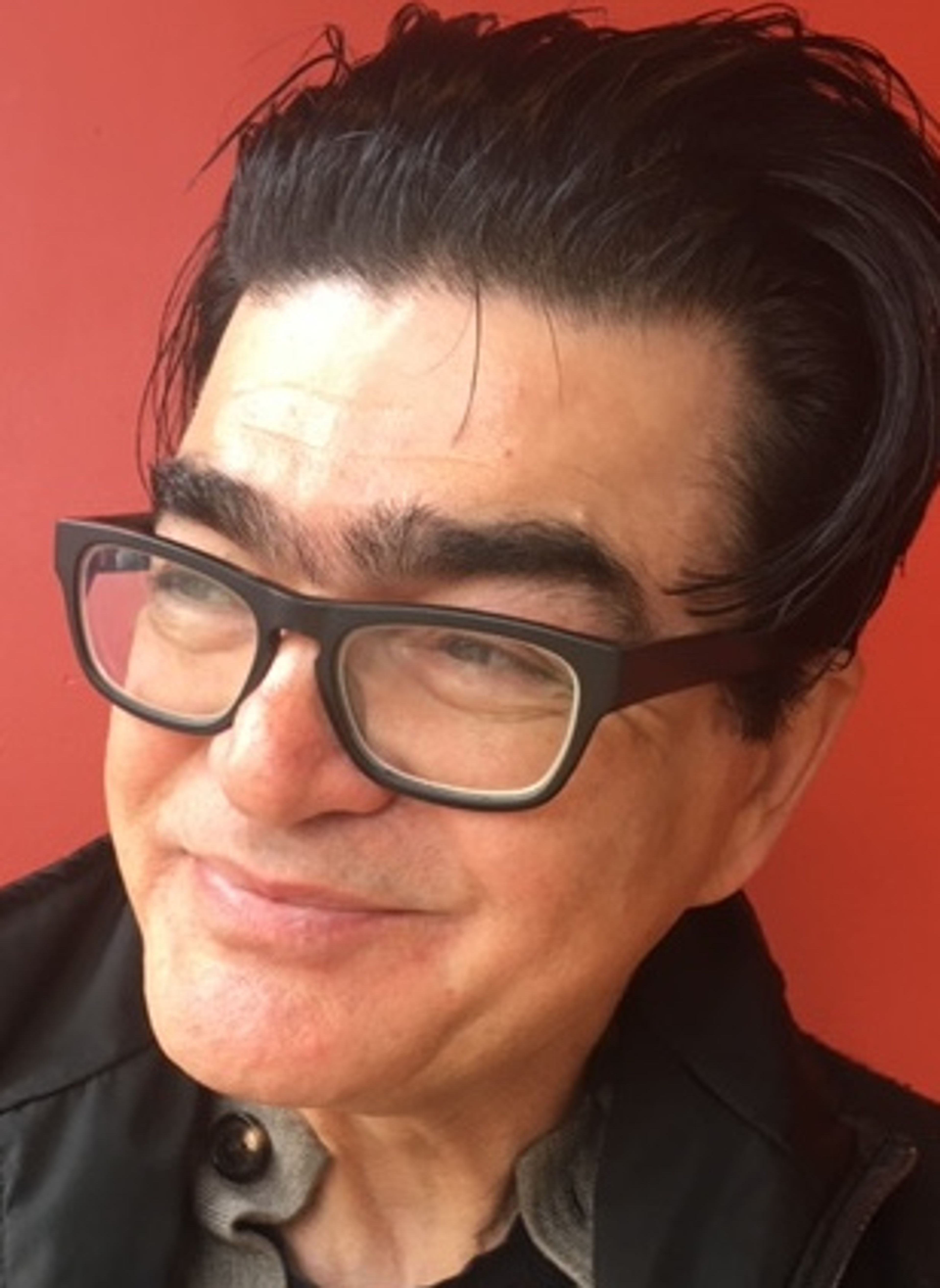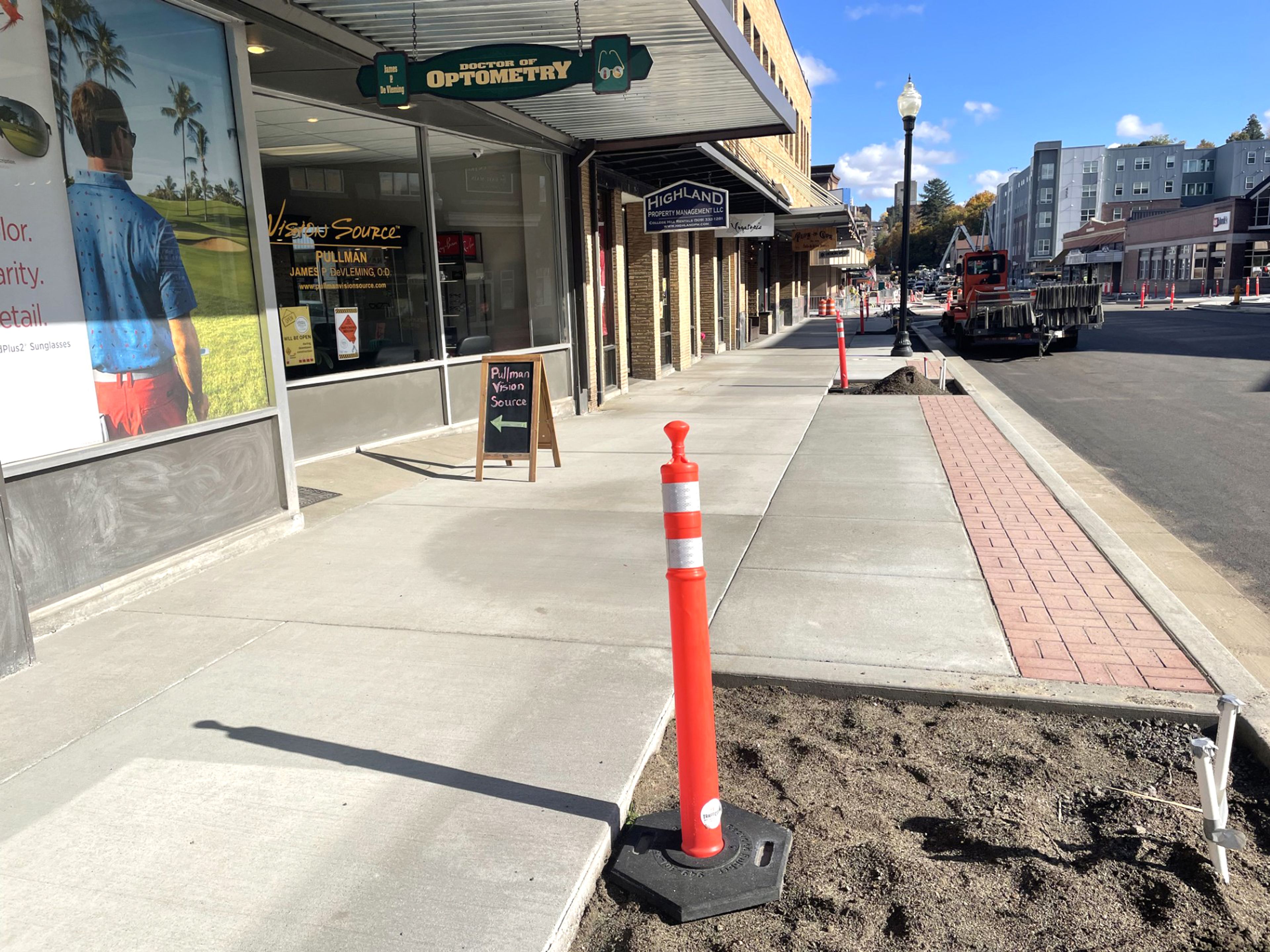The sidewalks in downtown Pullman are coming along, thanks in good part to the hard work of all those who have worked on the project. They are the engineers, contractors, construction workers, machine operators and many others, I am sure.
From my perch in downtown I see them every day, arriving early and staying late, often returning on Saturdays and laboring once again to finish the job. Impressive about them has been the way they have managed to keep downtown accessible and friendly. Even when everything seemed hopelessly broken and impassable, they managed to leave just enough room for pedestrians to walk and get to where they wish to go.
Indeed, the sidewalks are underway. They went from 9 feet to 15 feet, and changed the world forever. Or so it seems. Six feet may not seem like much, but in the world of sidewalks, they can be the difference between night and day. At 9 feet, there is barely enough room for two pedestrians to walk by each other, but at 15 the story is much different.
Amplified at that depth are more than “sidewalk sales,” as former Mayor Glenn Johnson likes to call them, but the very idea of citizenship. Where at 9 feet a resident remains little more than a consumer, with only enough room to make a beeline for goods and back, at 15 feet he or she can be more than that, using the extra space to step aside and engage in civic activities. No democracy is likely to flourish unless both are cultivated and developed, the economic but also the exercise of free expression.
How might that be curated is a matter of design. Even something as simple as adding tables and chairs can incentivize discourse. Once available, they can inspire nearby office workers to leave their den and meet against a background of urban functions. Not all meetings, of course, can be conducted in public space; some requiring privacy and focus. But those that can may soon excite attentions and later conversation with locals and visitors alike, about general matters but perhaps more specifically those that involve issues related to community development and shared values.
More critical interventions may include furniture that doubles and triples in purpose, starting as tables and chairs but once pulled apart can turn into, say, chalkboards and storage bins, useful for teaching K-12 kids lessons in, say, urban ecology, business and others emanating from the context at hand. Still other suggestions may involve adding just enough infrastructure to foster connections between existing businesses and those who may wish to try their hand at the same line of work. Be it through something as simple as providing stands on which to prepare and sell food, or decks to lay down matts and run tai chi sessions, the possibilities are endless.
As of now, published images of the sidewalks show little or no design, just concrete surfaces as far as the eye can see, with few benches marching down the street to breakdown the otherwise undifferentiated visual span of the block. Even the light poles are pathetically out of step with innovation and the time, harking back to some mysterious moment in the past when acorns were presumably the expression of community or history or who knows what.
Which is unfortunate in one sense but possibly fine in another, especially if we see the oceanic gray expanses of the new sidewalks as a blank slate on which to write the next chapter of human potential in Pullman, and by extension the region and beyond. Fixing the sidewalks was after all never really just a matter restricted to uneven and ugly surfaces. It was more about setting the stage on which to resurrect and develop dormant links between center and edge, urban and rural, commercial and academic, but also minor and major political and economic figures, who every day return to what they do to make the world a better place.
Can the new sidewalks accomplish as much? Of course, but not without insight and hard work, and also not without inculcating into city hall a culture of design, currently absent and nowhere to be seen. Why not start a design department and populate it with skilled volunteers whose purpose is to discuss the lay of the land and produce visual information meant to fuel the imagination and advance a culture of ideas? They would not replace design services but only supply the community with possibilities. Otherwise, the new sidewalks will remain underwhelming, only now straighter than the previous ones.
Rahmani is a professor of architecture at Washington State University where he teaches courses in design and theory.










